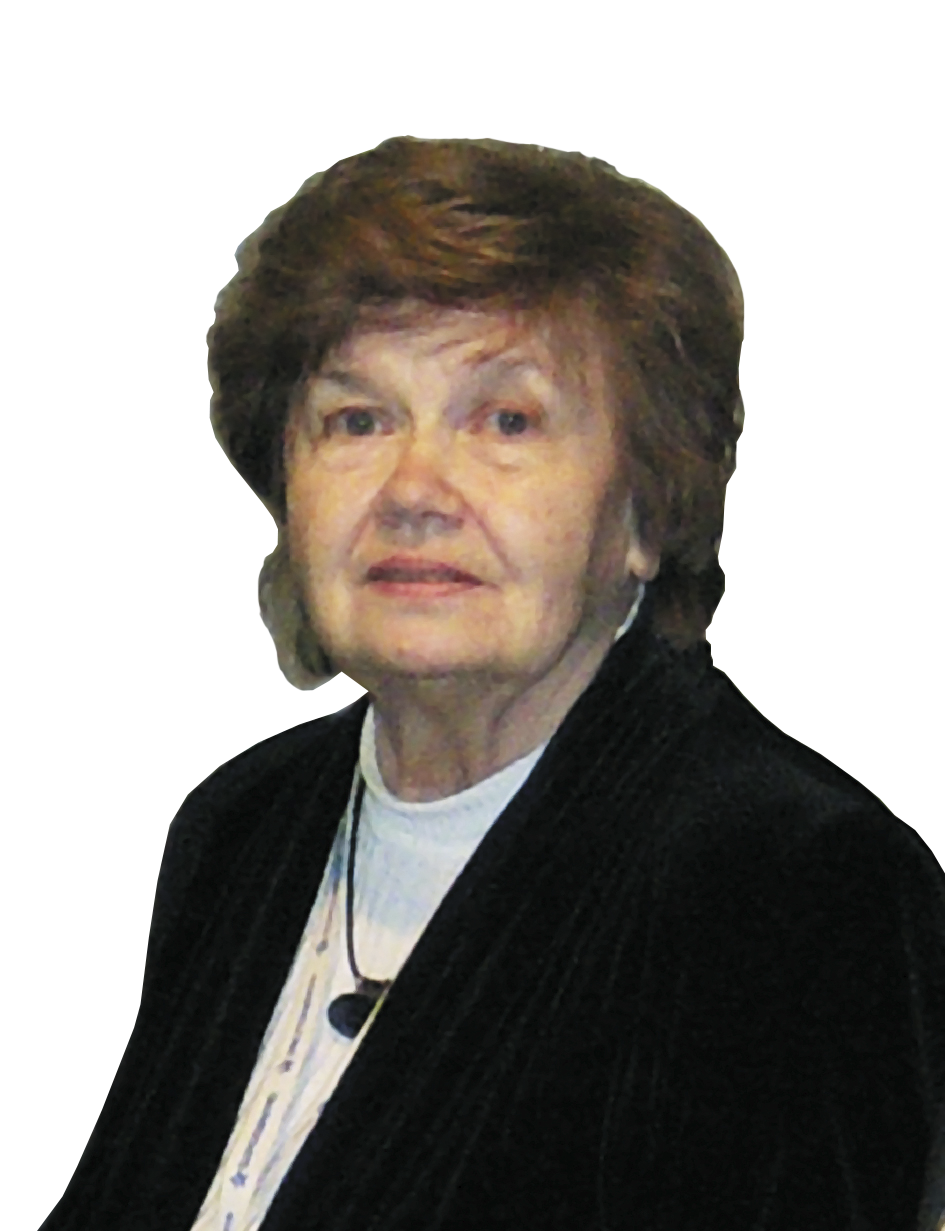The purpose of this work is to obtain ceramic filter materials as substrates and to develop a methodology for their application for the study of biological objects by electron microscopy. The composition, structure, pore sizes and morphology of ceramic substrates made of foamed silicate before and after the application of inverse opals made of silicon oxide were evaluated by X-ray phase analysis and SEM methods. A description of the use of the obtained filtering substrates in an experiment with biological objects is given. The substrates seem promising for electron microscopy, because they can be used for sample preparation of biological samples with the use of metal spraying or the introduction of ionic liquid. This technique, together with the filtering porous material and the technical capabilities of the microscope, preserves the physical characteristics of biological objects unchanged.
Mikhail V. Pavlov – Lead Engineer of Department no. 2 Institute of Space Technologies, Federal Research Center “Krasnoyarsk Scientific Center of the Siberian Branch of the Russian Academy of Sciences”, Krasnoyarsk, Russia
Ksenia A. Shabanova – Engineer of the Department of Molecular Electronics, Federal Research Center “Krasnoyarsk Scientific Center of the Siberian Branch of the Russian Academy of Sciences”, Krasnoyarsk, Russia
1. Гармаш Е. П., Крючков Ю. Н., Павликов В. П. Керамические мембраны для ультра- и микрофильтрации // Стекло и керамика. 1995. № 6. С. 19 – 22. [Garmash E. P., Kryuchkov Yu. N., Pavlikov V. P. Ceramic membranes for ultra- and microfiltration // Glass Ceram. 1995. V. 52, No. 6. P. 150 – 152.]
2. Almandoz M. C., Pagliero C., Ochoa N. A., Marchese J. Composite ceramic membranes from natural aluminosilicates for microfiltration applications // Ceramics International. 2015. V. 41, No. 4. Р. 5621 – 5633.
3. Бендовский Е., Гузман И. Я. Формирование проницаемой структуры керамики зернистого строения // Стекло и керамика. 2004. Т. 77, № 11. С. 13 – 15.[Bendovsky E., Guzman I. Ya. Formation of permeable structure of ceramics of granular structure // Glass Ceram. 2004. V. 61, No. 11. P. 367 – 370.]
4. Павлов В. Ф., Шефер А. А., Шабанов В. Ф. Особенности кристаллизации волластонита // Физика и химия стекла. 2008. Т. 34, № 4. С. 610 – 616.
5. Tsybulskaya O. N., Ksenik T. V., Yudakov A. A., et al. The research on the sorption properties of the X-ray amorphous silica foam // Environmental Technology & Innovation. 2021. V. 23. Р. 101567.
6. Голиков А. В., Беспятых А. В., Сабиров Р. М. Растровый электронный микроскоп Hitachi TM-1000: использование в биологических исследованиях: учебно-методическое пособие. Казань: Казан. ун-т, 2018. 24 с.
7. Лунев А. А. Основы растровой электронной микроскопии и подготовка образцов // Молодой ученый. 2021. № 21. С. 98 – 101.
8. Bukhanov E. R., Gurevich Y. L., Shabanova K. A. A study of wheat wax optical properties // 2019 Photonics & Electromagnetics Research Symposium-Fall (PIERS-Fall). IEEE, 2019. Р. 2890 – 2897.
9. Шабанова О. В., Немцев И. В., Шабанов А. В. Разработка электронно-микроскопического метода анализа органсодержащих объектов с использованием инверсных опалов // Сибирский аэрокосмический журнал. 2020. Т. 21, № 4. С. 565 – 574.
The article can be purchased
electronic!
PDF format
500
DOI: 10.14489/glc.2024.02.pp.018-022
Article type:
Research Article
Make a request






